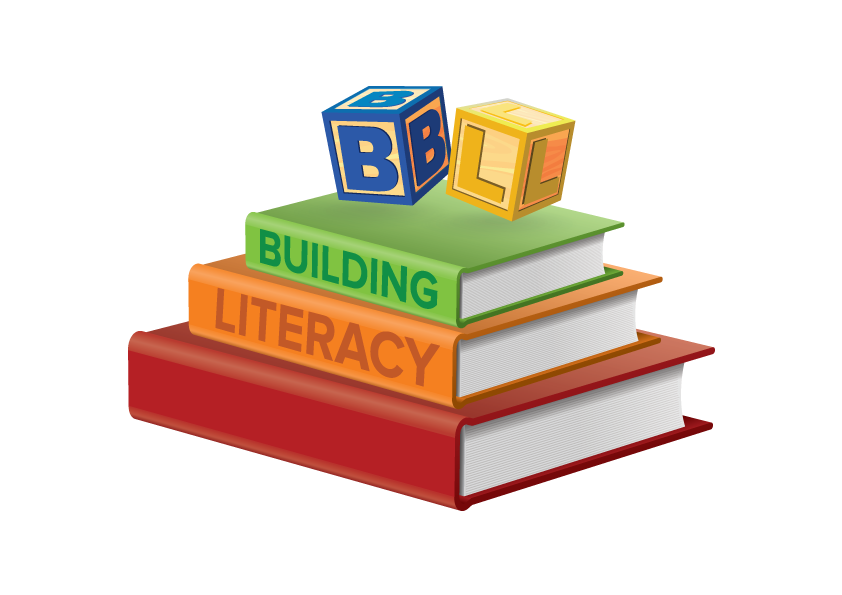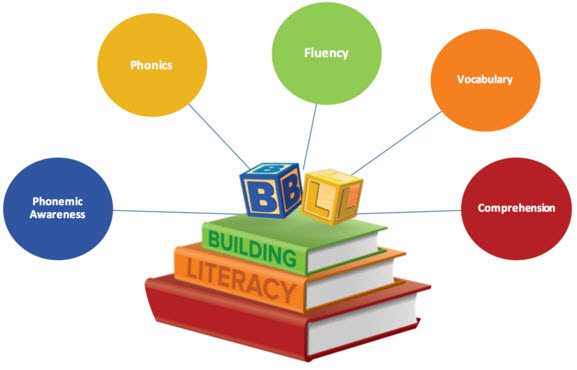Did you know… There are 26 letters in the English language and a possible 44 sound combinations.
Research has identified that there are five fundamentals for young children to ascertain in order to become successful readers. Reading involves applying strategic actions and active thinking to read for meaning and understanding.
The five fundamentals which we will explore further are: Phonemic Awareness, Phonics, Fluency, Vocabulary and Comprehension.
In order for a beginning reader to “read” with some success they need to know how to recognise letters and the sounds each letter represent this is called Phonics the word ‘bat’ has the letters b, a, t all three letters represent a different sound and are recorded like this /b/ /a/ /t/
They also need to understand how letters and sounds work together and the ability to manipulate sounds in words this is known as Phonemic Awareness. For example if I know the word ‘bat’ I can change the b – /b/ in ‘bat’ for another letter, like m which represents another sound /m/ I can now make the word ‘mat’.
Fluency is the ability to read, write or speak accurately, quickly and smoothly, where words flow together for evenness and the right amount of expression.
Building vocabulary in young children is important and helps young children build on a repertoire of words. If a child comes across a new word that is not in their vocabulary it becomes more difficult for them to know what the word is and its meaning.
Comprehension is the link that brings all of these reading fundamentals together, we read to comprehend and to make meaning from our world. When a child stops understanding what they are reading, the words on the page and the meaning of a text becomes lost in isolation.
Our aim is to teach children to become active and strategic readers, to connect to the text and make meaning from what they are reading or viewing.


